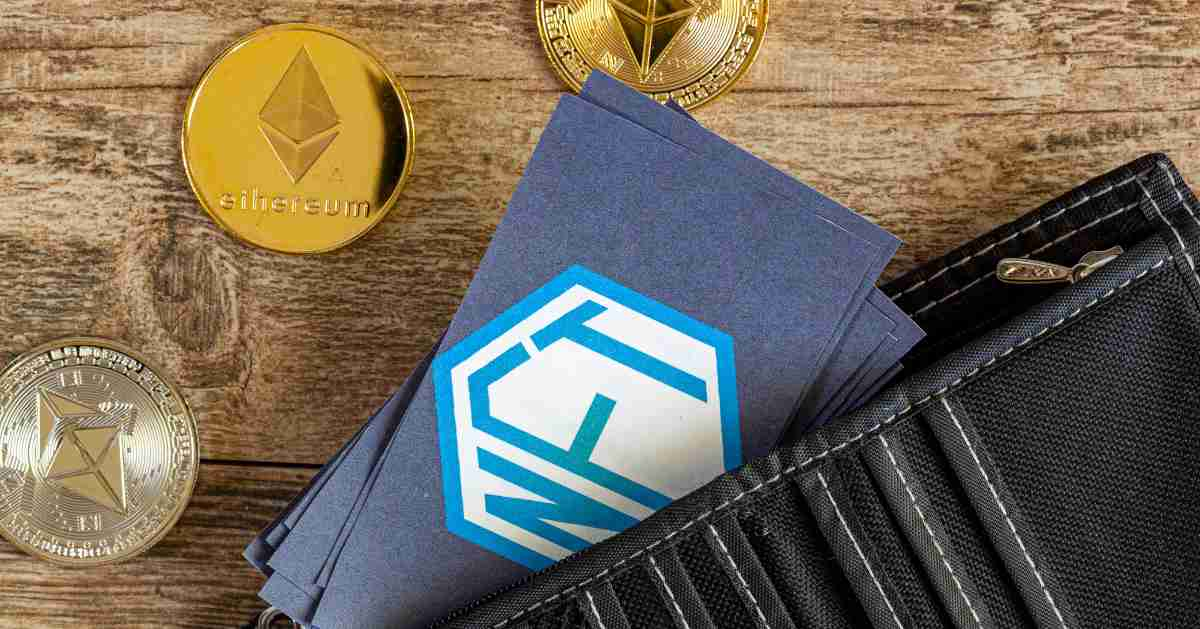Demystifying the Process to Create Crypto Tokens

In the realm of cryptocurrency, the ability to create crypto tokens is a fundamental skill that many blockchain enthusiasts seek to master. These digital assets hold significant promise, enabling projects, businesses, and individuals to tokenize various assets, from artwork to real estate. In this comprehensive guide, we will navigate the intricate process of creating crypto tokens and delve into the essential steps and considerations involved.
Understanding the Basics
Before delving into the nitty-gritty of token creation, it’s crucial to grasp the fundamental concepts.
Crypto Tokens: These are digital representations of assets or utilities, typically built on a blockchain network. Tokens can serve various purposes, including ownership representation, access to a particular service, or as an incentive within a decentralized ecosystem.
Blockchain: A decentralized and immutable ledger technology that underpins cryptocurrencies. It records transactions across a network of computers, ensuring security and transparency.
Smart Contracts: Self-executing contracts with predefined rules and conditions that automate processes on the blockchain.
Decentralized Finance (DeFi): An ecosystem of financial services and applications built on blockchain technology, enabling peer-to-peer lending, borrowing, and trading without intermediaries.
Now that we have a foundational understanding, let’s dive into the steps to create crypto tokens.
Step 1: Choose the Blockchain Platform
The first decision you must make is selecting the appropriate blockchain platform. Different blockchains offer distinct features and functionalities, so your choice will depend on your project’s requirements. Ethereum, Binance Smart Chain, and Solana are popular choices for token creation.
Step 2: Define Token Standards
Token standards are sets of rules and protocols that dictate how tokens should behave on a blockchain. The two most common standards are ERC-20 and ERC-721, which serve different purposes:
- ERC-20: Used for fungible tokens, such as cryptocurrencies, where each token is interchangeable with another of the same value.
- ERC-721: Used for non-fungible tokens (NFTs), representing unique assets like digital art, collectibles, or real estate.
Understanding your project’s objectives will guide your choice of token standard.
Step 3: Plan Tokenomics
Tokenomics refers to the economic design and distribution of your tokens. It encompasses factors like the total supply, initial distribution, inflation rate, and utility of the token. Careful consideration of tokenomics is crucial to ensure the long-term success of your project.
Step 4: Develop Smart Contracts
Creating smart contracts is a pivotal step in creating crypto tokens. These contracts automate token creation, transfers, and other functions. Developers use programming languages like Solidity (for Ethereum) or Rust (for Solana) to write the code that governs your token’s behavior.
Step 5: Audit and Test
Thoroughly auditing and testing your smart contracts is vital to identify and rectify vulnerabilities. Security breaches can lead to devastating consequences, including the loss of funds and reputation damage. Engage with reputable third-party auditing firms to ensure your smart contracts are robust.
Step 6: Deploy on the Blockchain
After rigorous testing and auditing, it’s time to deploy your token on the chosen blockchain. This step involves paying a transaction fee, often referred to as “gas” on Ethereum, to record your token on the blockchain permanently.
Step 7: Create a User Interface
For users to interact with your tokens, you’ll need a user-friendly interface. This could be a website, a mobile app, or a decentralized application (DApp). The interface should allow users to manage, transfer, and trade your tokens effortlessly.
Step 8: Market and Promote
Effective marketing and promotion are critical to gaining adoption for your tokens. Engage with the crypto community, social media platforms, and influencers to create awareness about your project. Highlight the unique features and use cases of your tokens.
Step 9: Compliance and Regulations
Navigating the regulatory landscape is essential to avoid legal issues. Different countries have varying regulations regarding cryptocurrencies and tokens. Seek legal counsel to ensure your project complies with local and international laws.
Step 10: Maintenance and Updates
The journey doesn’t end once you create crypto token. Continuous maintenance and updates are necessary to address issues, enhance functionality, and adapt to evolving market trends.
Considerations for Success
Creating crypto tokens is just the beginning; achieving success in the crypto space requires careful planning and execution. Here are some additional considerations:
Security
Security is paramount in the cryptocurrency world. Implement robust security measures to protect your tokens and your users from potential threats.
Liquidity
Liquidity is essential for token trading. Work on establishing liquidity pools or listing your token on reputable exchanges to facilitate trading.
Community Engagement
Build a strong community around your project. Engage with your users, listen to their feedback, and involve them in the decision-making process.
Utility
Ensure your token has real utility within your ecosystem. Tokens with clear and practical use cases are more likely to gain adoption.
Long-Term Vision
Have a well-defined long-term vision for your project. Consider how your tokens will evolve and adapt to changing market dynamics.
Compliance
Stay updated with regulatory changes and adapt your project accordingly to avoid legal complications.
Conclusion
The ability to create crypto tokens opens up a world of opportunities in the blockchain space. By following these steps and considering the essential factors for success, you can embark on a journey to tokenize assets, services, or even ideas. Remember that the crypto world is dynamic and ever-evolving, so continuous learning and adaptation are key to staying ahead in this exciting industry. Whether you’re an entrepreneur, developer, or simply a curious enthusiast, the world of crypto tokens awaits your exploration.
